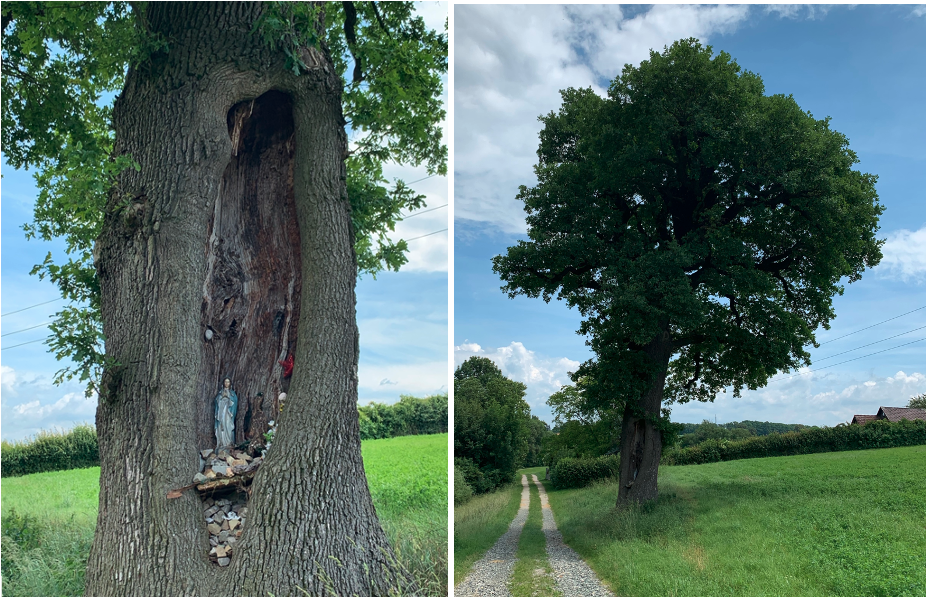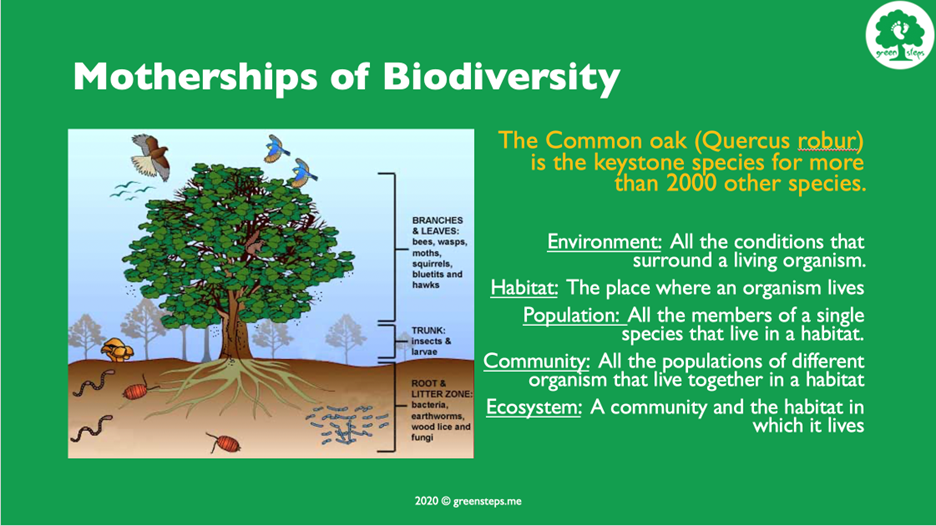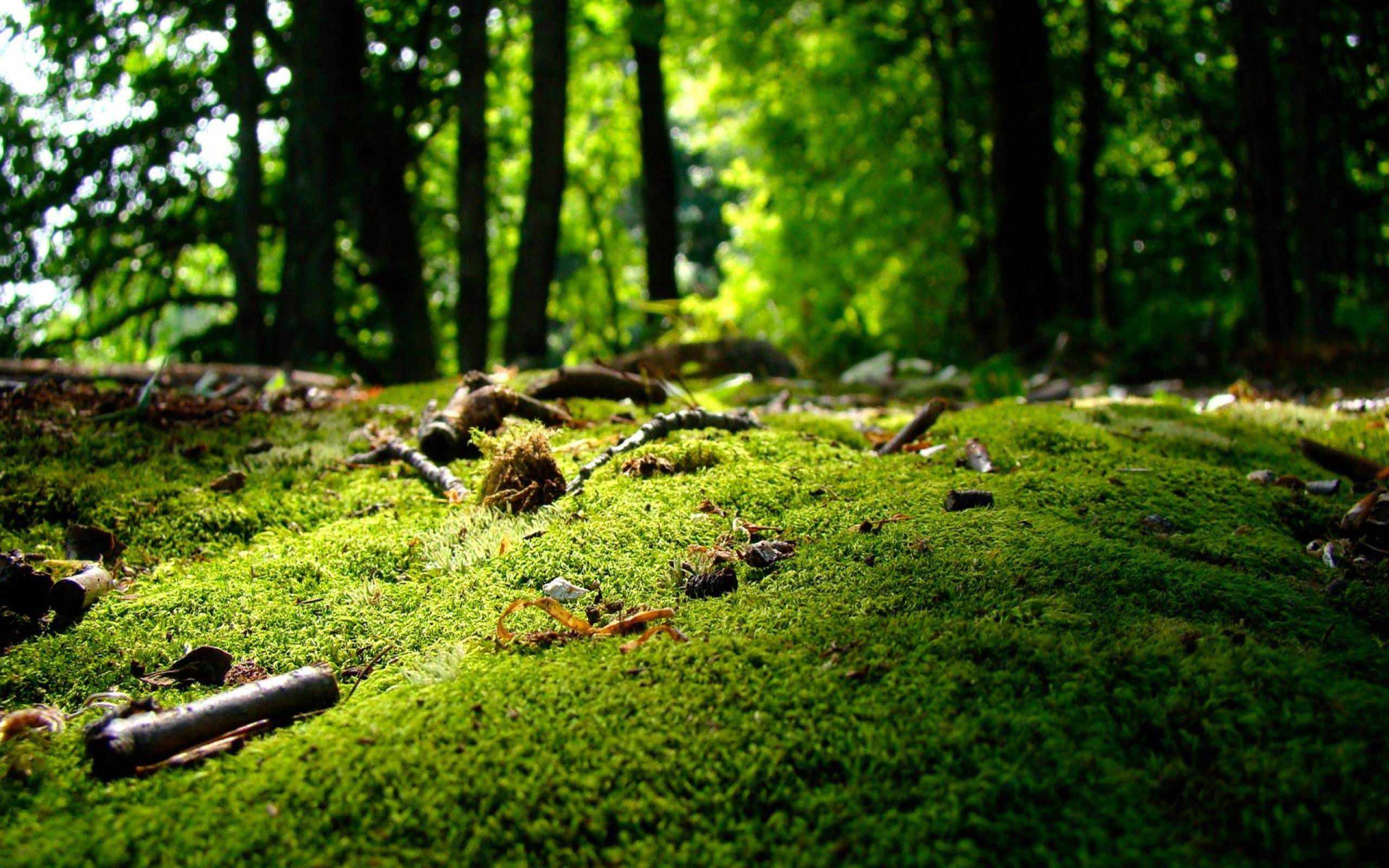Author:
Green Steps
Short summary:
In December 2022, Green Steps, together with the Green Party and FG Lanius, applied for the declaration of 185 new natural monuments. A first written statement of the district authority, which we received at the beginning of March, concerns an oak tree in Nadelbach. The rejected application is based on obsolete legislation and is a textbook example for an authority which fails to understand causes and effects of climate change.

Green Steps, as part of an environmental education project, has been searching the city of St. Pölten for ancient trees over the past 2 years and has found that the number of natural monuments has declined sharply. The peak of 52 has fallen to currently 39. A landscape study commissioned by the Vienna University of Technology in 1988 led to the declaration of 16 natural monuments in 1991. Since then, there has been a deadlock in regard to IUCN class III nature protection. The last natural monument was declared 16 years ago. Existing natural monuments are not sufficiently labelled and maintained.
The magistrate cited the maintenance costs of natural monuments as the reason for declining numbers. However, it was also acknowledged that a natural monument limits urban development. The applicants see this as the main reason for the lack of protection and note a conflict of interest between the responsibility for environmental protection and the economic interests of the city fathers. It is demanded that the responsibility for natural monuments be transferred to an independent federal authority to remove nature protection from local economic interests.
Natural monuments are "natural formations that are distinguished by their uniqueness, rarity or special features, that lend a special character to the landscape or that have special scientific or cultural-historical significance" (§12 NÖ NSchG). In view of the climate crisis, this definition must be interpreted as broadly as possible in the interest of the next generation, in order to permanently protect old trees that cannot be replaced and that have a positive influence on the urban microclimate. An explicit amendment to this effect is overdue.
In December 2022, the NGO Green Steps STP, the local chapter of the Green Party, and the research community Lanius submitted 185 natural elements with a total of 265 trees with a trunk circumference of more than three meters to the magistrate and applied for their IUCN class III protection. The application was preceded by a friendly presentation of the environmental education project in September 2022, which was attended by city councillor Renate Gamsjäger, representing mayor Matthias Stadler. The magistrate has so far refused any support for the educational project or has not reacted.

The Maria Oak in Nadelbach
On March 7, the official expert of the district administration of St. Pölten inspected one of the 265 submitted trees and concluded that the oak in question in the Nadelbach district is in a state of decay and therefore cannot be declared a natural monument. Furthermore, based on the expert opinion of the official expert, the tree must be treated for safety - i.e. the part of the crown that protrudes over the public ground of the city of St. Pölten must be cut back.
The expert opinion reflects how old trees are assessed in a standardized procedure like dead and replaceable objects. Although official experts as well as external service providers would have to assess trees according to conservation value, health, and traffic safety, documentation reveals repeatedly that traffic safety overrides all other considerations. The magistrate wants to exclude any liability for personal injury and property damage caused by trees, and therefore always decides in favour of pruning or logging, but never in favour of more cost-intensive preservation and appropriate protection.
This short-term thinking and action contradicts widely available scientific findings. Old trees positively influence the urban microclimate by cooling the surrounding air and each old tree is exponentially involved in the processing of greenhouse gases. In regard to the Maria Oak in Nadelback, it should be noted that dead wood provides an important habitat, for example, as nesting habitat for stag beetles and other endangered species. German forester Peter Wohlleben describes old trees, especially oaks, as motherships of biodiversity. Not because of their young branches, but because of the different habitats that an old tree offers to different organisms.

The fact that oaks cope very well with fungal attacks and decay can also be read repeatedly in the literature. It is the oak's tannins that make its wood resistant to decay and made it the preferred wood for shipbuilding. The English considered the oak as the "father of ships", and in general, all colonial conquests and overseas trade were only made possible by the resilient and well-equipped - made of oak - ships. Nevertheless, the Maria oak must be trimmed - as if there were no other possibilities of reducing the possibility of accidents along a little-travelled country path.
Dokumente:
- Official notification from town hall tree expert
Links:
- https://www.greensteps.me/library/alte-baeume-in-gefahr--stadt-unterlaesst-schutzmassnahmen.php
- https://www.ots.at/presseaussendung/OTS_20221214_OTS0166/alte-baeume-in-gefahr-stadt-unterlaesst-schutzmassnahmen
- https://www.ots.at/presseaussendung/OTS_20220929_OTS0006/big-friendly-giants
- https://www.greensteps.me/library/das-geheime-leben-der-baeume.php
- https://ark.greensteps.me/bioregion/species/common-oak#Kultur
- Collapsing foundations: The ecology of the British oak, implications of its decline and mitigation options: https://www.sciencedirect.com/science/article/abs/pii/S0006320718317920





